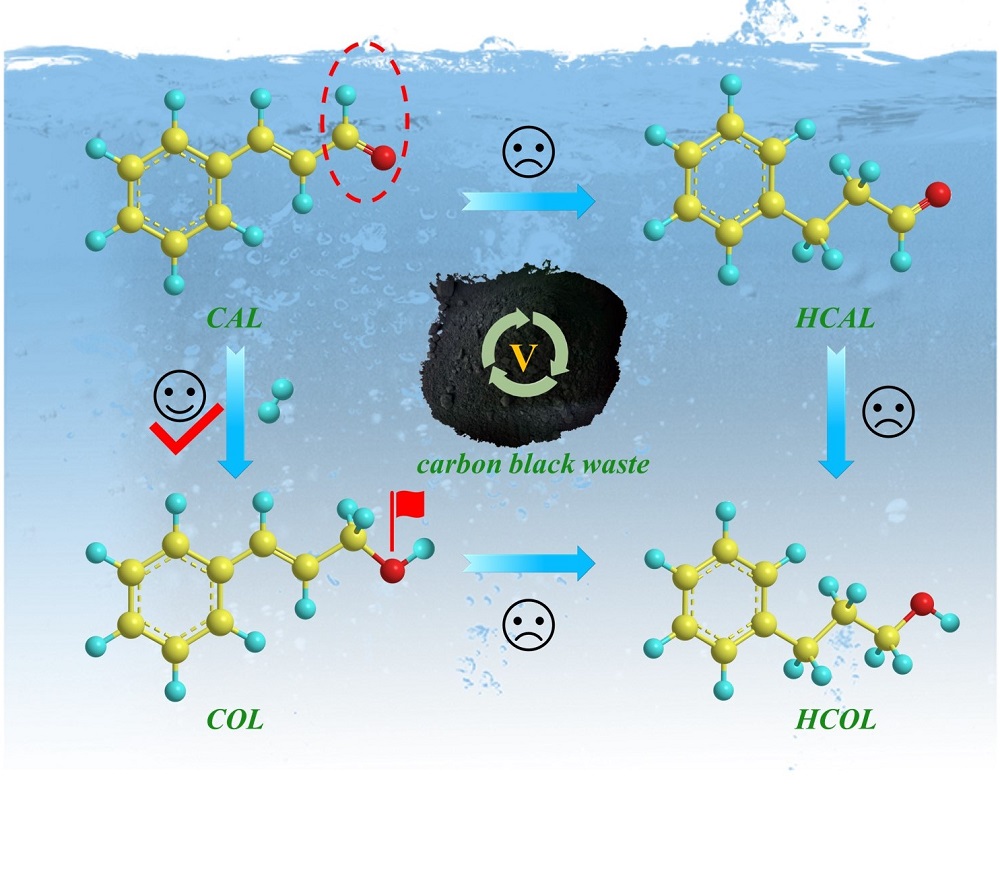Furthermore, in order to study the chemical states and surface compositions of CB-O and the obtained vanadate materials, XPS analysis was conducted and the results are depicted in Fig.10. As shown in Fig.10(a), the core level binding energies of V 2p
3/2 and V 2p
1/2 of the CB-O sample were found at 517.2 and 524.6 eV, respectively, indicating a valence state of +5 for V (e.g
., V
2O
5). However, for the vanadate samples (Cu
3(OH)
2V
2O
7·2H
2O, HNaV
6O
16·4H
2O, CeVO
4, and YVO
4), the V 2p XPS spectra can be deconvoluted into two spin-orbit doublets (Fig.10(b–e)). The peaks can be attributed to high-valent V
5+ and low-valent V
3+ species, suggesting the rich surface chemistry of the as-synthesized vanadates [
53]. Both V
5+ and V
3+ species were found over the surface of as-synthesized vanadates, suggesting that the hydrothermal process may be accompanied by the redox reaction from V
5+ to V
3+. In addition, the amount of trivalent state V
3+ was highly related to the existence of defects (e.g., oxygen vacancy) and active sites in the vanadates [
54]. In addition, for the CeVO
4 sample, as shown in Fig.10(f), the binding energies of Ce 3d
5/2 are at 881.6 and 885.7 eV, and those of Ce 3d
3/2 are at 900.0 and 904.1 eV, which can be assigned to the Ce
3+ valance states in the sample [
46]. Fig.10(g) displays the XPS spectrum of Y 3d, wherein the two strong peaks located at the binding energies of 157.8 and 159.8 eV can be ascribed to the Y 3d
5/2 and Y 3d
3/2 of Y
3+, indicating the existence of Y
3+ in YVO
4 [
48]. Especially, the O 1s peak is quite asymmetric and can be fitted with two peaks. The peak at 529.9 (Fig.10(h)) and 530.1 eV (Fig.10(i)) can be attributed to the lattice oxygen of CeVO
4 and YVO
4, respectively. The other peaks at 531.6 (Fig.10(h)) and 532.2 eV (Fig.10(i)) may correspond to the adsorbed oxygen species on the surface oxygen vacancy [
46].
















